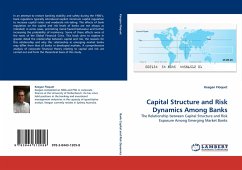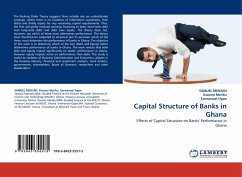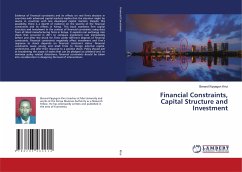In an attempt to restore banking stability and safety during the 1980's, bank regulators typically introduced explicit minimum capital regulation to increase capital ratios and moderate risk-taking. The effects of bank regulation on the capital and risk levels of banks are not always as intended; in some cases, promoting moral hazard behaviour and further increasing the probability of insolvency. Some of these effects were at the roots of the Global Financial Crisis. This book aims to explore in greater detail the relationship between capital and risk, the reasons for this relationship and why this relationship in emerging market banks may differ from that of banks in developed markets. A comprehensive analysis of corporate financial theory relating to capital and risk are carried out and form the theoretical basis of this study.
Bitte wählen Sie Ihr Anliegen aus.
Rechnungen
Retourenschein anfordern
Bestellstatus
Storno








